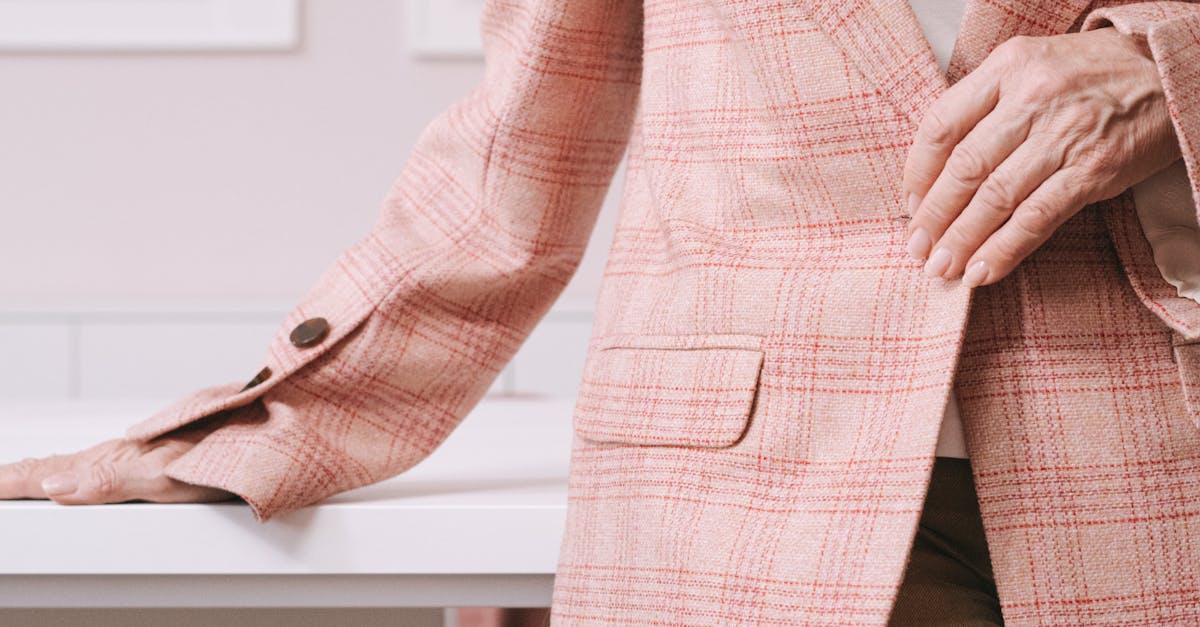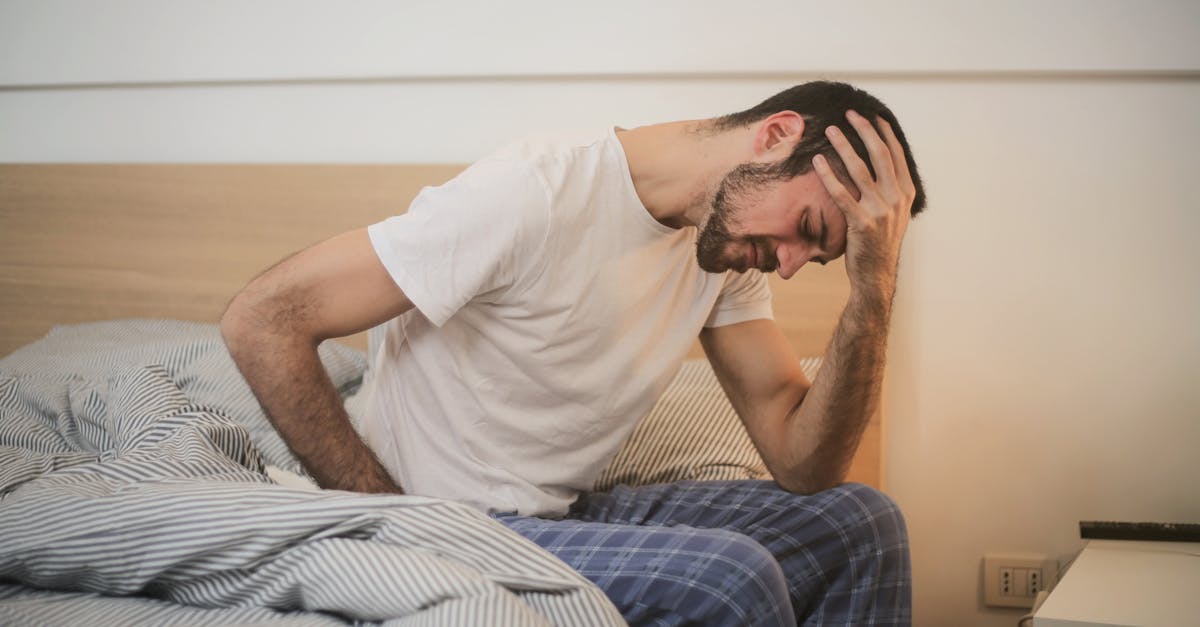Hip Flexor Pain from Squats: Addressing Concerns Raised in the Reddit Community
A Reddit-Inspired Guide to Understanding and Overcoming Hip Flexor Pain During Squats

Hip Flexor Pain from Squats: Addressing Concerns Raised in the Reddit Community
Hip flexor pain during squats is a common issue that can hinder your fitness goals. Understanding the causes is essential for addressing this discomfort and ensuring your squats are both effective and pain-free.
From investigating muscle imbalances to examining improper form and even underlying medical conditions, this article will provide you with a comprehensive understanding of hip flexor pain during squats. We’ll explore practical solutions shared by Reddit users to alleviate pain, outline restorative measures for healing, and guide you through proper form and technique for optimal squatting performance. By tapping into the wisdom of medical professionals and physical therapists, we’ll cover treatment options, rehabilitation techniques, and long-term pain relief strategies to empower you in your fitness journey.
1. Understanding the Causes of Hip Flexor Pain During Squats
Understanding the Causes of Hip Flexor Pain During Squats
Hip flexor pain during squats can stem from various factors. Muscle tightness is a common culprit, particularly in the iliopsoas and rectus femoris muscles. When these muscles are tight, they can pull on the hip joint, causing pain and discomfort during squats.
Improper form can also contribute to hip flexor pain. Squatting with excessive forward lean, incorrect knee alignment, or inadequate core engagement can put undue stress on the hip flexors. Additionally, underlying medical conditions such as hip impingement or labral tears can also lead to hip flexor pain during squats.
Identifying the underlying cause of your hip flexor pain is crucial for effective treatment. If you experience persistent pain, it’s advisable to consult a medical professional or physical therapist for proper diagnosis and guidance on appropriate interventions.
2. Community-Sourced Solutions for Relieving Hip Flexor Pain

Community-Sourced Solutions for Relieving Hip Flexor Pain
The Reddit community has shared a wealth of practical solutions for alleviating hip flexor pain after squats. Stretching is a popular and effective method. The couch stretch and 90/90 stretch are highly recommended for targeting the hip flexors. Holding each stretch for 30 seconds or more can help improve flexibility and reduce pain.
Other pain management strategies include applying ice, taking over-the-counter pain relievers, and using a foam roller to massage the hip flexors. Rest is also crucial for giving the muscles time to recover. If pain persists, consider consulting a medical professional for further guidance.
Remember, these solutions may provide temporary relief, but addressing the underlying cause of your hip flexor pain is essential for long-term recovery. If you experience severe pain or discomfort, seek professional medical advice promptly.
3. Rehabilitating Hip Flexor Pain: Restorative Measures
Rehabilitating Hip Flexor Pain: Restorative Measures
Rehabilitation plays a crucial role in promoting healing and recovery from hip flexor pain. The RICE protocol (Rest, Ice, Compression, Elevation) is a cornerstone of pain management. Rest allows the injured tissues to repair themselves, while ice helps reduce inflammation and pain. Compression can minimize swelling, and elevation promotes fluid drainage from the affected area.
In addition to RICE, other restorative measures include:
-
Gentle stretching to improve flexibility and range of motion.
-
Strengthening exercises to enhance hip stability and support.
-
Physical therapy to guide rehabilitation exercises and provide personalized treatment plans.
-
Massage therapy to release muscle tension and promote relaxation.
Remember, rehabilitation is a gradual process that requires patience and consistency. By following these measures, you can facilitate healing, reduce pain, and restore optimal hip function.
4. Preventing Hip Flexor Pain During Squats: Proper Form and Technique

Preventing Hip Flexor Pain During Squats: Proper Form and Technique
Maintaining proper form and technique during squats is paramount to minimizing the risk of hip flexor pain. Here are key points to consider:
-
Core Engagement: Engage your core muscles throughout the squat to stabilize your body and protect your lower back. Keep your abdominal muscles tight and your spine in a neutral position.
-
Knee Alignment: Ensure your knees track in line with your toes throughout the movement. Avoid letting your knees cave inward or flare out, as this can put undue stress on the hip flexors.
-
Controlled Movement: Perform squats in a controlled manner, avoiding sudden or jerky movements. Slowly lower yourself down and push back up to the starting position, maintaining tension in your muscles throughout the exercise.
-
Depth: Squat to a depth that is comfortable for you, but do not go so deep that your heels lift off the ground. Excessive depth can strain the hip flexors.
-
Warm-up: Always warm up before squatting by performing dynamic stretches that target the hip flexors and other muscle groups involved in the exercise.
By following these guidelines and practicing proper form, you can significantly reduce the likelihood of developing hip flexor pain during squats.
5. Expert Perspectives on Hip Flexor Pain Management
Expert Perspectives on Hip Flexor Pain Management
Medical professionals and physical therapists offer valuable insights into the comprehensive management of hip flexor pain. Here are some key perspectives:
-
Diagnosis and Treatment: Accurate diagnosis is crucial for effective treatment. A healthcare professional can assess your symptoms, medical history, and physical examination to determine the underlying cause of your hip flexor pain. Depending on the diagnosis, treatment options may include medication, physical therapy, or in severe cases, surgery.
-
Rehabilitation Techniques: Physical therapists play a vital role in rehabilitation, guiding patients through exercises and stretches to improve flexibility, strengthen muscles, and restore proper biomechanics. They also provide personalized advice on activity modification and lifestyle adjustments to prevent further pain.
-
Long-Term Pain Relief Strategies: Managing hip flexor pain over the long term often involves a combination of approaches. Maintaining a healthy weight, engaging in regular physical activity, and practicing good posture can help reduce strain on the hip flexors. Additionally, stress management techniques such as yoga or meditation can complement physical interventions by promoting relaxation and reducing muscle tension.
By incorporating these expert perspectives into your hip flexor pain management plan, you can effectively address the underlying causes, improve your symptoms, and enhance your overall well-being.
Quiz
1. True or False: Muscle tightness is a common cause of hip flexor pain during squats.
2. Which of the following is NOT a restorative measure for hip flexor pain? (a) Rest (b) Ice (c) Compression (d) Vigorous massage
3. Proper squatting technique includes: (a) Excessive forward lean (b) Core engagement (c) Knees caving inward (d) Rapid, uncontrolled movement
Answer Key
- True
- (d) Vigorous massage
- (b) Core engagement
